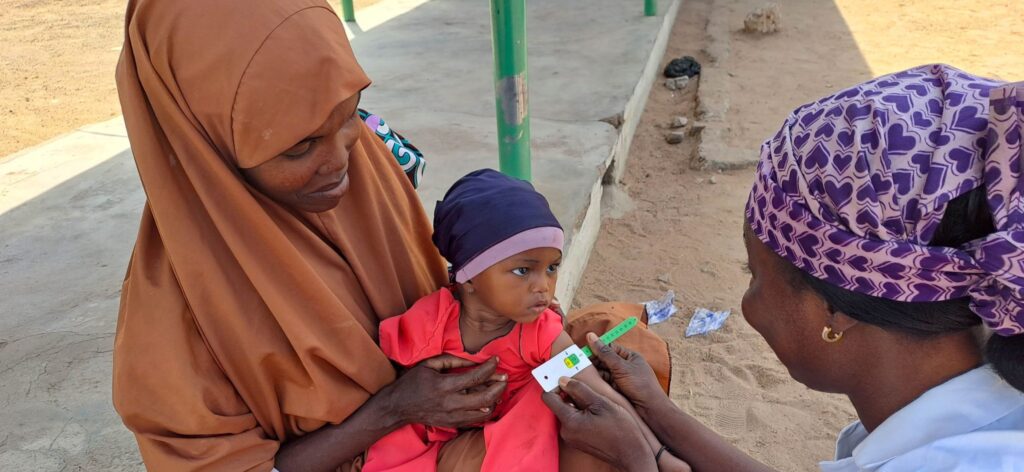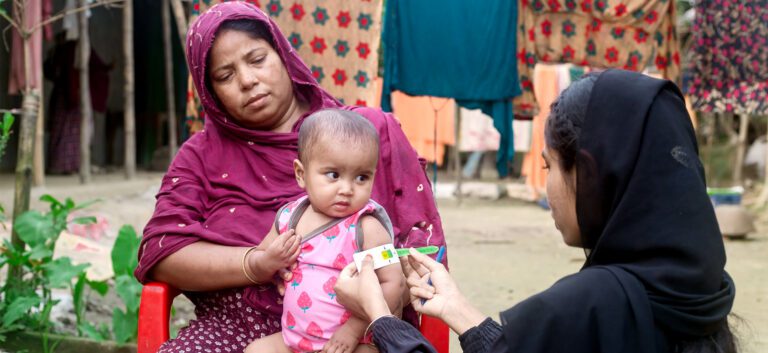New York Times: US Cuts Disrupt Critical Supplies for Helen Keller's Lifesaving Malnutrition Work
A story from The New York Times highlights how US funding cuts have disrupted the global supply of ready-to-use therapeutic food, creating devastating consequences for malnourished children worldwide.
Ready-to-use therapeutic food is a low-cost, highly effective nutritional paste widely used to treat children suffering from severe acute malnutrition.
In the article, journalist Apoorva Mandavilli details how the closure of USAID has cut off the supply of this essential, life-saving treatment, worsening the problem of severe hunger and malnutrition globally.
In Nigeria and Nepal, USAID-funded programs led by Helen Keller Intl that once provided ready-to-use therapeutic food, along with nutrition counseling, have been forced to shut down. We are now unable to provide malnutrition treatment at 16 out of 17 health centers in Nigeria’s Bauchi State, leaving 17,000 children there without care. Additionally, about half of Nepal’s provinces have no supply of ready-to-use therapeutic food, endangering about 200,000 malnourished children, including 25,000 who are at risk of death.
Across the countries we serve, 21 million people – many of them young children – are now at increased risk of malnutrition due to reductions in US government funding.
The results will be dire. Researchers estimate that reductions in USAID funding will lead to an additional 163,500 child deaths annually due to the loss of malnutrition treatment programs.
“We have seen the mortality rates in the hospitals increasing by the day,” Nigeria Country Director Aliyu Mohammed tells The New York Times. “This is the ugly situation that we are facing because of this funding cut.”
While the US Department of State has authorized new funding to UNICEF for ready-to-use therapeutic foods, it will take months for those supplies to reach children suffering from malnutrition who need immediate treatment.
Despite these challenges, Helen Keller remains committed to doing everything we can to support children and families in need.
Read the full story: A $45 Treatment Can Save a Starving Child. US Aid Cuts Have Frozen the Supply.




